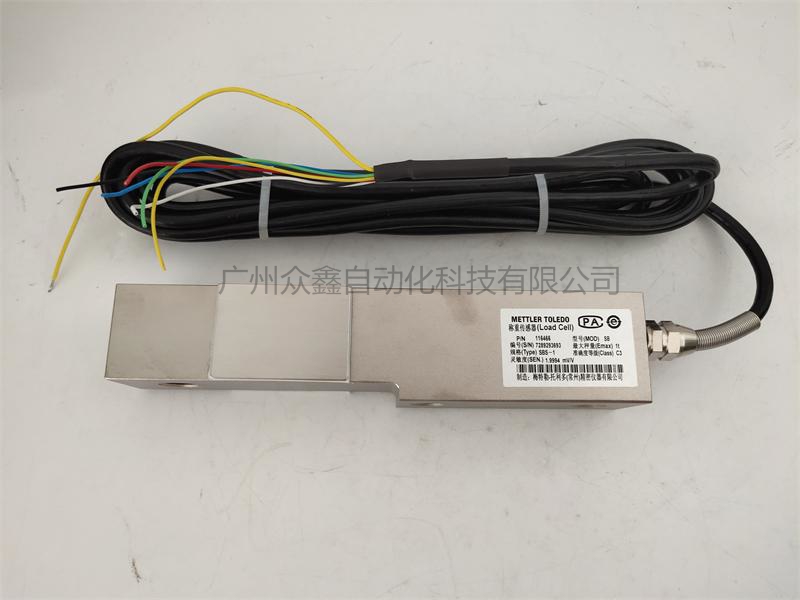push time:2023-06-26 Popularity: source:1
First of all, it should be understood that the failure of the weighing device is not entirely due to damage to the weighing sensor, but may also be caused by improper installation of the weighing sensor and abnormal usage environment. Therefore, it is necessary to identify the cause of the failure and take corresponding measures to eliminate external interference before testing the weighing sensor. If a failure is detected in the weighing sensor, the faulty sensor should be identified and replaced, Next, we will introduce the corresponding process in detail.
1、 Possible malfunction of the weighing sensor:
1. Data drifting, unstable, incorrect (larger or smaller)
2. Unable to reset or calibrate scale/equipment
3. Inconsistent or unreliable readings
4. Weight or tension, unable to register
5. Zero balanced random drift
6. There is an angular difference
7. Zero Point Run: Load Cell Empty Output>+ 2mV or< 0mV
2、 The phenomenon of load cell failures caused by installation and usage environment, as well as corresponding detection and solution methods:
1. The data is sometimes correct (whether there are interference sources or power fluctuations)
2. The insulation impedance of the weighing sensor decreases (< 200M& Omega;) (use a multimeter to measure the color line, shielding line, and surface of the weighing sensor separately)
3. The surface of the weighing sensor is charged (measured with a multimeter and resolved through system grounding)
4. Wet cable (water ingress into the junction box) (can be dried with a hair dryer)
5. Poor or damaged cable wiring (re wiring)
6. Poor system grounding (induced voltage can make the weighing sensor or instrument casing live)
7. Does the mechanical installation part touch
8. Is the instrument casing grounded (not grounded can cause induced voltage to exist)
9. Is the power supply stable (whether there is voltage on the ground wire) (it is not allowed to share the power supply system with high-power equipment, as voltage on the zero line can cause surface electrification of the instrument)
10. Internal circuit failure (faulty soldering, poor contact of circuit components)

3、 Check if the weighing sensor has malfunctioned:
1. Measure the input/output impedance of the weighing sensor. If any of the items is abnormal, it indicates that there is a fault in the internal circuit
2. Measure the no-load output of the weighing sensor:>+ 5mV or<- 0.5mV is the zero deviation of the weighing sensor
3. Measure the output of the weighing sensor when loaded:>+ 20mV is a fault in the weighing sensor
4. Observe whether the mechanical installation and limit parts touch the limit sometimes, but not sometimes
5. Observe if the internal circuit of the weighing sensor has poor contact, and if there is a faulty solder joint, the color line will break, or the solder pad will fall off
4、 Identify the faulty load cell:
Determine whether the fault occurred in the scale body or the instrument section. Turn off the power supply, disconnect the wiring between the instrument and the scale, connect the instrument and the simulator, measure the insulation impedance of the weighing sensor (< 200 M& Omega;), remove any colored wire from the surface of the weighing sensor, and remove the shielding wire from the surface of the weighing sensor one by one. Disconnect the wiring of the weighing sensor one by one to identify the faulty weighing sensor.
Sales hotline:
Miss Chen: 18520271262
Miss Xie: 18688494254
Mr. Huang: 18688492451
Working hours:
Monday to Saturday9:0018:00
